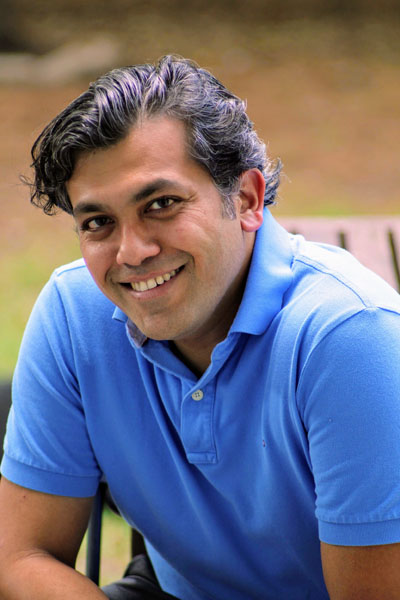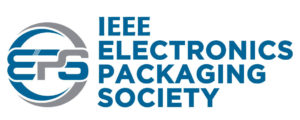Speaker: Rudy Ghosh, NovaCentrix
Meeting Date: Thursday, July 8, 2021
 Slides: July 8, 2021
Slides: July 8, 2021
Summary: The drive to enhance human interactivity and reduce weight of electronic systems has led to the use of non-conventional substrates. As the substrates become thinner, more flexible and economical, the thermal stability of the working substrate is significantly lowered. As such, the conventional modes of component attachment are no longer functional. To bridge this gap, anisotropic adhesives and tapes, as well as low-temperature solders and conductive epoxies, have been developed. However, in terms of performance, conventional soldering is still the champion. One way to combine traditional soldering techniques with thermally sensitive substrates is laser soldering. However, technical challenges, combined with the high costs of lasers, continue to create barriers to a broader adoption.
Photonic soldering uses high intensity flash lamps to overcome the disadvantages of laser soldering, while still enabling soldering on a wide range of substrates. Similar to laser soldering, photonic soldering utilizes selective absorption of light to enable conventional solders to affix commercial packages on the underlying thermally unstable substrate.
This study compares joints created through photonic soldering to joints created in conventional reflow ovens. Parameter space is explored with respect to various soldering alloys and fluxes. Thermal profiles and their effect on attaching a variety of components are studied. Cross-sectional SEM and X-ray imaging of solder joints are used to compare the photonic soldering outcomes with conventional reflow soldering results. Elemental analysis is performed to investigate the effect of photonic soldering parameters on intermetallic formation.
Furthermore, photonic soldering as a way to attach conventional surface mount components on thermally unstable substrates is explored. An innovative application for this process lies in the field of wearables. Sensors and actuators attached to commonly used fabrics could enhance health and wellness monitoring as well as packaging and fashion. In this work we showcase TPU as an inlay for wearable applications with a functional circuit built on top. Photonic soldering allows the utilization of these wearables to be stretched, folded, bent and run through washing and drying cycles. Such performance criteria are not feasible with other attachment methods such as adhesive tapes.
 Bio: Rudy Ghosh, as the Technical Program Lead at NovaCentrix, helps translate technical innovations into customer ready products. He works closely with NovaCentrix’s customers, technology partners, and collaborators across the world to solve technical challenges and identify new avenues for the application of NovaCentrix’s industry leading technologies in PulseForge tools and Metalon inks for printed and flexible electronics. As a technical expert in the printed electronics industry, he is often an invited speaker for a variety of printed electronics conferences. Rudy also works with the global business team to define and engage in commercial opportunities related to the technical program and furthers those areas of opportunity through industry outreach and engagement. Before joining NovaCentrix, Rudy was a Post-Doc at the Microelectronics Research Center at the University of Texas at Austin, where he led the Center’s research into the synthesis of 2D materials. Rudy holds a PhD in Physics from the University of North Carolina at Chapel Hill and a MS in Physics from the Indian Institute of Technology, Bombay. Rudy has authored over 30 publications in a variety of technical journals.
Bio: Rudy Ghosh, as the Technical Program Lead at NovaCentrix, helps translate technical innovations into customer ready products. He works closely with NovaCentrix’s customers, technology partners, and collaborators across the world to solve technical challenges and identify new avenues for the application of NovaCentrix’s industry leading technologies in PulseForge tools and Metalon inks for printed and flexible electronics. As a technical expert in the printed electronics industry, he is often an invited speaker for a variety of printed electronics conferences. Rudy also works with the global business team to define and engage in commercial opportunities related to the technical program and furthers those areas of opportunity through industry outreach and engagement. Before joining NovaCentrix, Rudy was a Post-Doc at the Microelectronics Research Center at the University of Texas at Austin, where he led the Center’s research into the synthesis of 2D materials. Rudy holds a PhD in Physics from the University of North Carolina at Chapel Hill and a MS in Physics from the Indian Institute of Technology, Bombay. Rudy has authored over 30 publications in a variety of technical journals.
